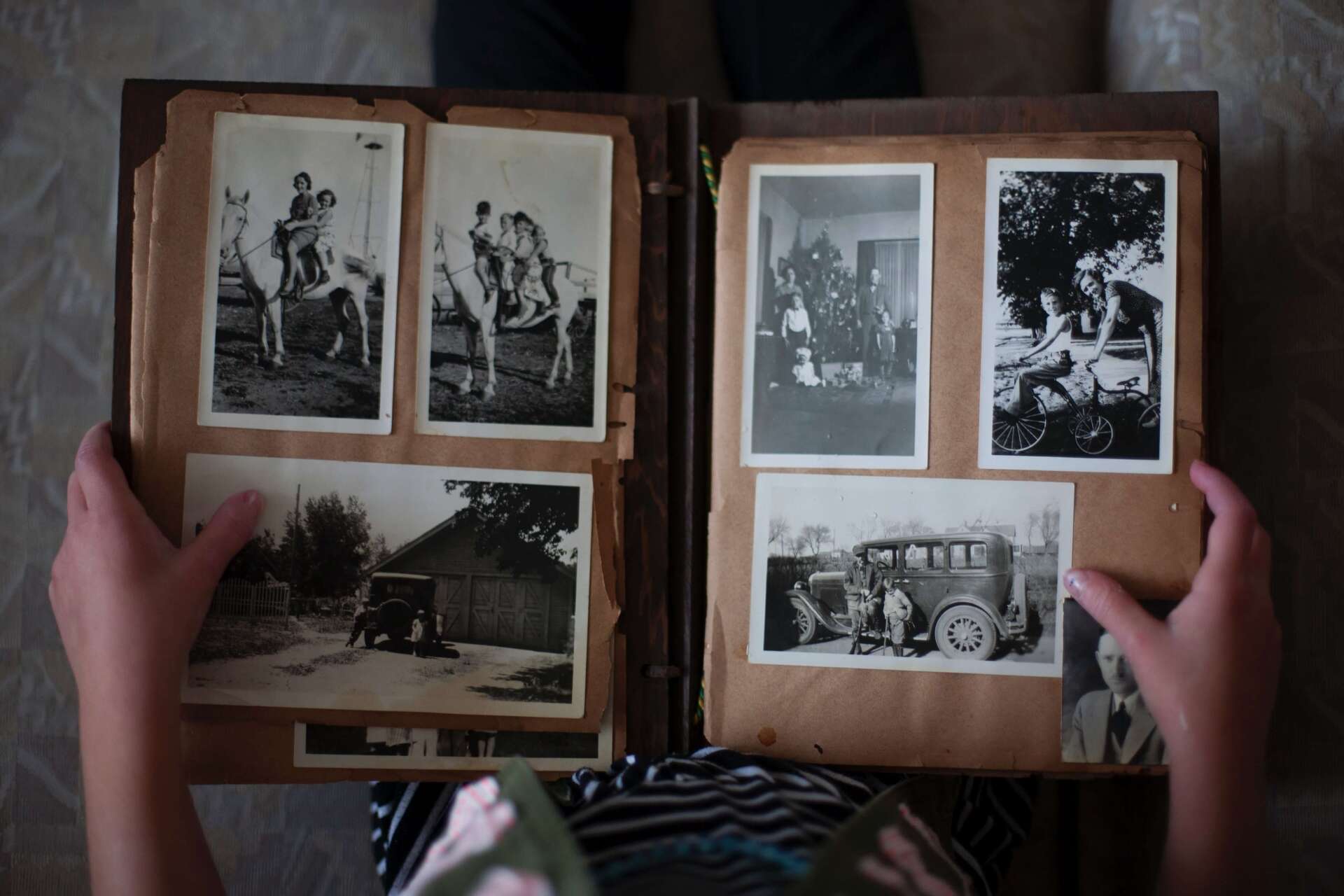How to Write an Obituary
Obituaries are used to inform those who know an individual of their passing. They should give the reader an idea of who the person was in a brief yet detailed passage. Whether you have been tasked with writing an obituary for a loved one or you are assisting a family member who has been chosen to write one, it is very useful to know how to write an obituary.
What's the Difference Between an Obituary and a Death Notice?
Obituary Outline
The first of the details would, of course, be their name. If the person was a married woman, you'll want to include her maiden name and if he or she was commonly known by a nickname, you may want to add that as well.
Other essential details to include when writing either a death notice or an obituary are:
- Their age upon death
- Birthday
- Birthplace
- A list of the surviving relatives
- The date of death
- The location (city/state) where they died
- Details about the funeral service: date, time, place
- Full name
- Date of death
- Where the person lived
We think it benefits the families we serve when we remind them of the simple truth: in writing an obituary for your loved one, you have the opportunity to serve future generations — not only of your immediate family but of the society as a whole. You are, in effect, recording history on an individual scale. It's a humbling yet inspiring thought.
Obituary Guidelines
- Parents' names
- Information about the spouse and children
- Church affiliations
- Job or career information
- Personal and professional accomplishments
- Personal character and interests
- Influence on his or her community


